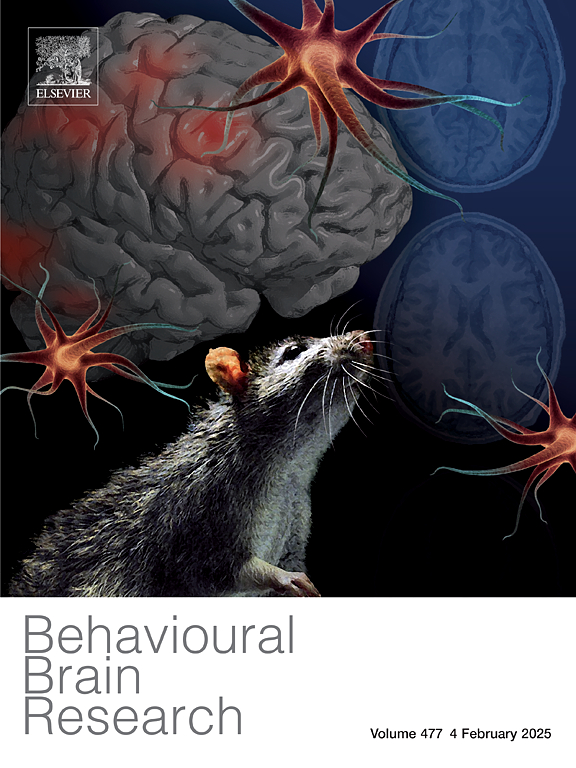Interplay between exercise and neuregulin in providing neuroprotection
IF 2.6
3区 心理学
Q2 BEHAVIORAL SCIENCES
引用次数: 0
Abstract
Exercise has been shown to have a positive impact on brain health including neuroprotective function. It has been demonstrated to increase the synthesis of neurotrophic factors, support neuronal survival, and improve neuroplasticity. Concurrently, neuregulin plays a vital role in the development, maintenance, and repair of both the central and peripheral nervous system. The link between exercise and neuregulin in mediating neuroprotection has been the subject of increased research to better understand the possible applications for the deterrence of neurodegenerative disorders. Understanding this link is of great interest because it has the potential to lead to new strategies for preventing or slowing the progression of neurodegenerative diseases. With an emphasis on exercise-induced neuregulin-mediated neuroprotection, this article reviews the literature on the neuroprotective effects of exercise and neuregulin. The synergistic effects of exercise and neuregulin on neuroprotection will be clarified and valuable insights will be gained from this review, with potential implications for the development of novel therapeutic strategies for neurodegenerative diseases such as Amyotrophic lateral sclerosis (ALS), Parkinson's disease (PD), Alzheimer's disease (AD) and Huntington’s disease (HD).
运动和神经调节蛋白在提供神经保护中的相互作用
运动已被证明对大脑健康有积极影响,包括神经保护功能。它已被证明可以增加神经营养因子的合成,支持神经元存活,并改善神经可塑性。同时,神经调节蛋白在中枢和周围神经系统的发育、维持和修复中起着至关重要的作用。运动和神经调节蛋白之间的联系在介导神经保护方面已经成为越来越多研究的主题,以更好地了解神经退行性疾病威慑的可能应用。了解这种联系是非常有趣的,因为它有可能导致预防或减缓神经退行性疾病进展的新策略。本文以运动诱导的神经调节蛋白介导的神经保护为重点,综述了运动和神经调节蛋白对神经保护作用的相关文献。本综述将阐明运动和神经调节蛋白对神经保护的协同作用,并将获得有价值的见解,这对开发神经退行性疾病(如肌萎缩性侧索硬化症(ALS)、帕金森病(PD)、阿尔茨海默病(AD)和亨廷顿病(HD)的新治疗策略具有潜在的意义。
本文章由计算机程序翻译,如有差异,请以英文原文为准。
求助全文
约1分钟内获得全文
求助全文
来源期刊

Behavioural Brain Research
医学-行为科学
CiteScore
5.60
自引率
0.00%
发文量
383
审稿时长
61 days
期刊介绍:
Behavioural Brain Research is an international, interdisciplinary journal dedicated to the publication of articles in the field of behavioural neuroscience, broadly defined. Contributions from the entire range of disciplines that comprise the neurosciences, behavioural sciences or cognitive sciences are appropriate, as long as the goal is to delineate the neural mechanisms underlying behaviour. Thus, studies may range from neurophysiological, neuroanatomical, neurochemical or neuropharmacological analysis of brain-behaviour relations, including the use of molecular genetic or behavioural genetic approaches, to studies that involve the use of brain imaging techniques, to neuroethological studies. Reports of original research, of major methodological advances, or of novel conceptual approaches are all encouraged. The journal will also consider critical reviews on selected topics.
 求助内容:
求助内容: 应助结果提醒方式:
应助结果提醒方式:


